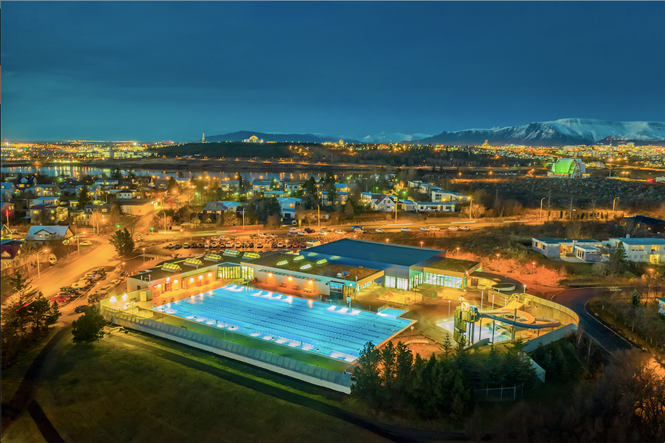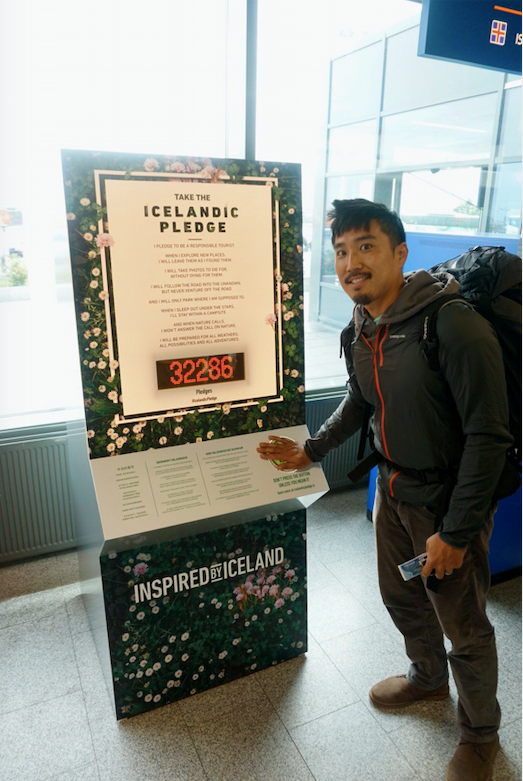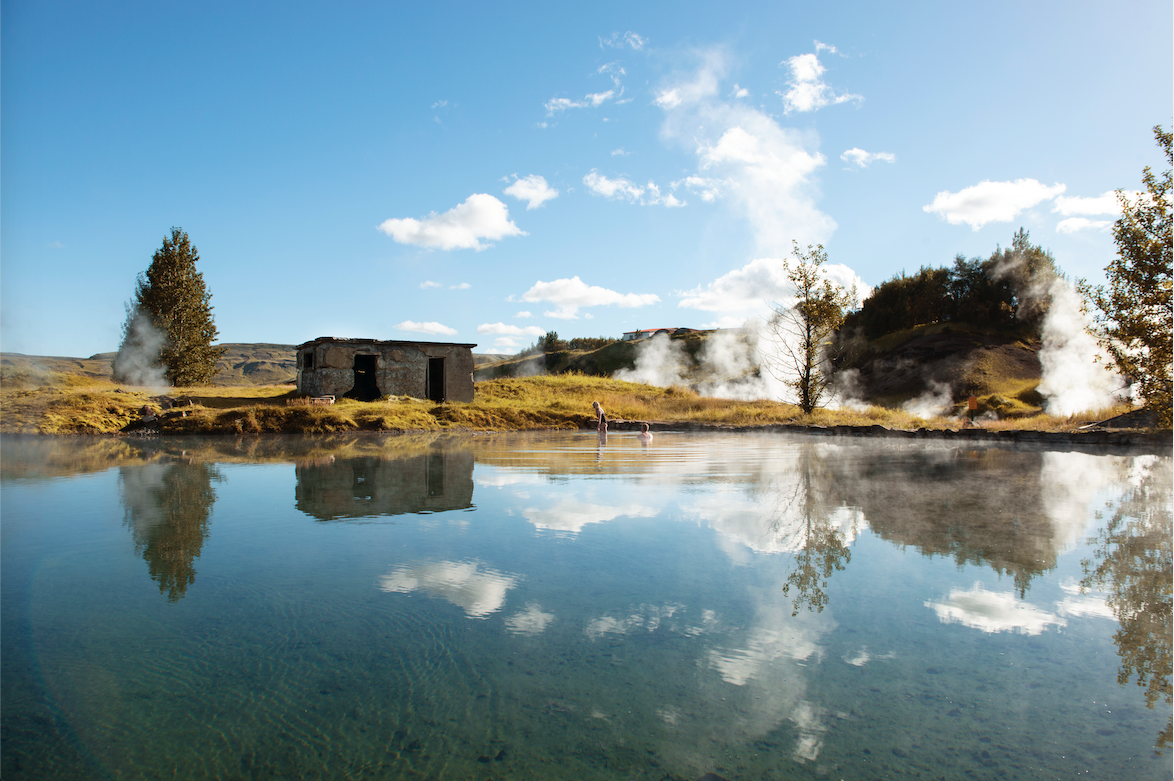Sustainable futures: Iceland

One of the world’s most sustainable countries, Iceland has built that proposition into its place brand. Liam DeStefano examines the way the country’s tourism sector has been shaped around a sustainable proposition
Before 2010, Iceland was a hidden gem. Though it features breathtaking natural vistas and pristine landscapes, it was only when Eyjafjallajökull, one of the country’s active volcanoes, erupted that the island nation of 300,000 people moved onto the world’s radar and became a mainstream tourist destination.
Between 2010 and 2015, tourism in Iceland spiked by 21.5%, according to the travel operator community behind the Guide of Iceland, creating sudden profits for the country while simultaneously straining its infrastructure and environment. Yet its tourism sector has not maintained this period of growth. Now with some perspective, the country is working on its brand to preserve what’s made it precious while targeting tourists in a more sustainable way.
Its surge in tourism almost singlehandedly rescued the country from the aftermath of the 2008 recession. However, 10 years later the country is in danger of having the opposite problem. Wow Air, an Icelandic airline which emerged as a result of the tourism growth, announced it was ceasing operations in March, widely, it’s been suggested, because of a decrease in passengers to the country. Furthermore, locals have become upset by the consequences of tourism, including overcrowding and inconsiderate treatment of the environment, which are antithetical to the Icelandic ideal of sustainability.
Ironically, considering their environmental impact, a chief draw to Iceland for many of its visitors is the country’s pristine natural vistas, the purity of which can largely be attributed to the country’s commitment to sustainability. Iceland’s energy usage is almost completely clean and renewable. According to the UN Chronicle, nine out of 10 houses in Iceland are heated with geothermal energy. Additionally, Inspired by Iceland reports over a quarter of the electricity in Icelandic homes is provided by geothermal energy. Nearly all the remainder of home electricity is supplied through hydropower plants, meaning over 99% of Iceland’s electric consumption is completely carbon-neutral. Iceland produces the cleanest electricity per person of any country in the world, according to Askja Energy, an independent Icelandic energy organisation.
The major challenge the tourism industry in Iceland faces, then, is how to reconcile the economic boon its tourism industry has had with the country’s mission to remain as sustainable as possible.
Inspired by Iceland, the country’s official tourism information site, has already taken several steps to promote conscious exploration of the country. The most notable step is its emphasis on the Icelandic Pledge, which, if taken, not only holds tourists accountable for the protection of Iceland, but for their own preparedness and caution in trekking through its wild and often unpredictable landscape.
On Inspired by Iceland’s homepage, five prominent links are immediately apparent: ‘Things to Do,’ ‘Plan Your Trip,’ ‘About Iceland,’ ‘Iceland A to O,’ and the ‘Icelandic Pledge,’ the last of which addresses the tension between tourists and their impact. The Icelandic Pledge asks tourists outright to be responsible guests when considering a trip to Iceland. When they finish scrolling through the pledge, a link appears allowing the visitor to both commit to the pledge and share it with friends on social media. Furthermore, Inspired by Iceland has also ensured that nearly every tourist will at least encounter the Icelandic Pledge. A button enabling tourists to take the pledge is located in the arrival hall of Keflavík Airport, where 98% of tourists enter the country.

“The major challenge the tourism industry in Iceland faces, then, is how to reconcile the economic boon its tourism industry has had with the country’s mission to remain as sustainable as possible”

Though nothing truly holds the visitor to the oath once it is taken, its prominence is indicative of the message Iceland wants to send to its tourists: that the country’s commitment to sustainability is just as important as its commitment to its economy. The Icelandic Pledge has been a success both in Iceland and abroad, and according to Visit Iceland director Inga Pálsdóttir, is in line with similar initiatives in New Zealand and Hawaii, where nature is an integral attraction for prospective tourists.
Convincing visitors to embrace Iceland’s sustainability without dissuading them from making the trip remains a delicate task. However, a major advantage for the country in this endeavour is the support of Icelandic tourism’s stakeholders. Pálsdóttir says, “We are very conscious in the marketing that we are promoting in a sustainable way as mentioned before and that our marketing is perceived in a positive way in Iceland. We work closely with our stakeholders with monthly meetings and regular strategy meetings and everyone agrees that it is important to treat the nature in a respectful way, and if necessary, make arrangements if something is going the wrong way.”
Additionally, Inspired by Iceland is promoting sustainability through campaigns that encourage off-season travel through the country. A significant reason why Iceland’s resources and environment have been burdened by visitors is that its tourists are almost exclusively concentrated in the summer and winter, and since the number of travellers has rapidly outpaced the expansion of sustainable accommodation, both the country and its locals can be overwhelmed.
A side effect of this seasonal oscillation is that many tourists congregate in the south of Iceland, rather than taking advantage of the islands other regions. To combat this, marketing for Icelandic tourism is primarily highlighting its more unknown regions while simultaneously placing an emphasis on the country’s continued push towards yearlong, as opposed to seasonal visits.
The final – and perhaps most important in the long term – development in Icelandic sustainability is the launch of its federal infrastructure plan in 2018 – set to be complete in 2030. In order to reduce pressure on frequently visited tourist sites, the plan will, in partnership with the Tourist Site Protection Fund, protect private tourist enterprises while simultaneously commissioning larger, state-owned tourist developments to protect nature while ensuring tourist safety and support the development of new attractions. With its integration of sustainability into the place brand and attaining the support of both the government and industry stakeholders, Iceland is capable of retaining its title as the model sustainable country.
However, as the bankruptcy of Wow Air illustrates, maintaining and growing its tourism industry while protecting its environment is a mission with the highest of stakes – hopefully not at the expense of one for another.












